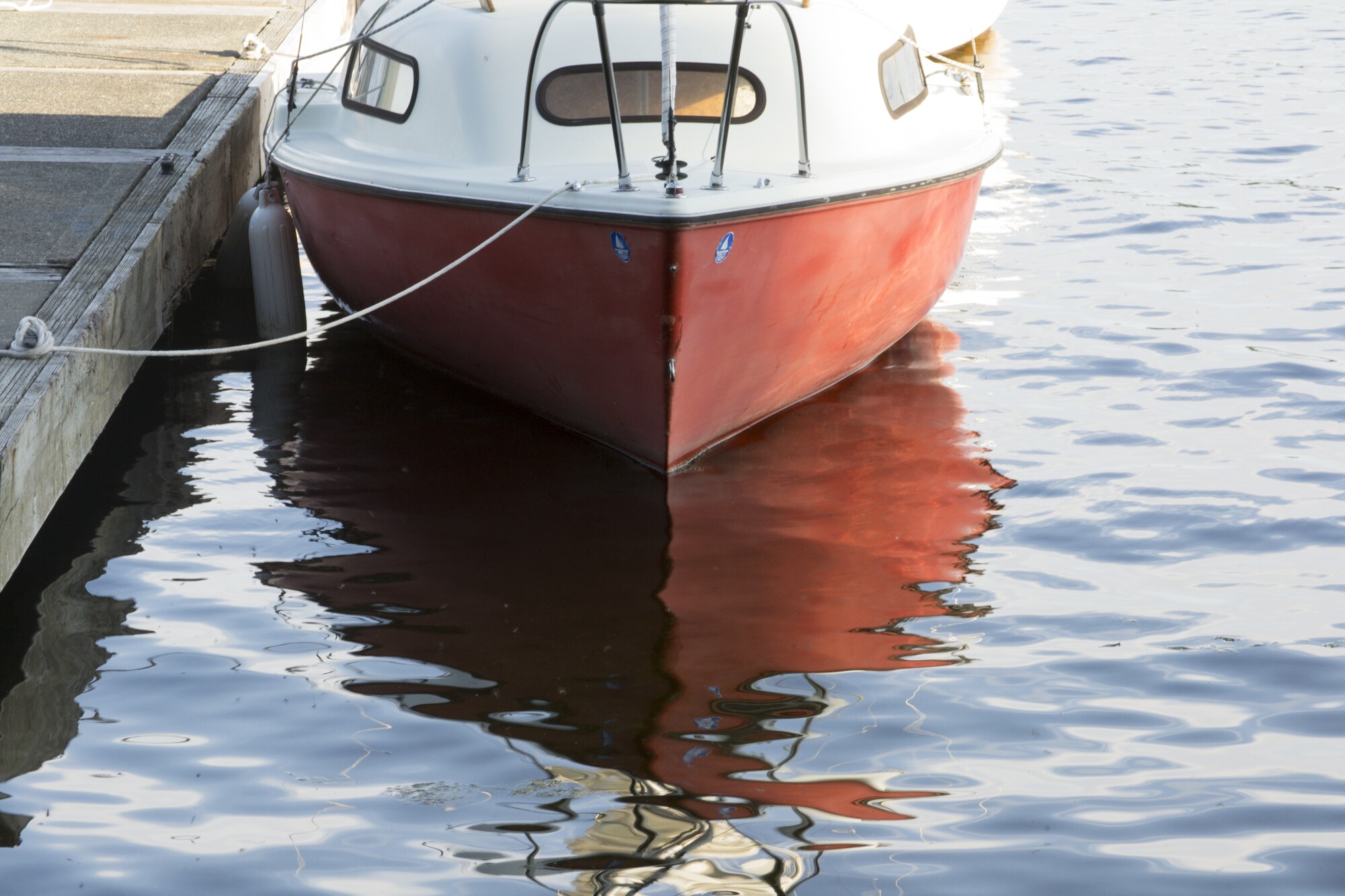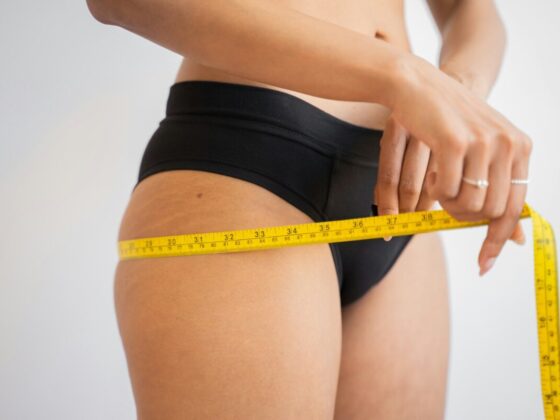Whether you just bought a new boat or you have been boating for years, one challenge you face is docking with precision. There are many conventional methods of docking, but all of these have their drawbacks.
With this in mind, we have put together a quick guide on docking methods. We have also included some of the best methods for docking a boat that can help. Read on to find out more about the different methods you can use for precision docking for your boat!
Bow and Stern Method
The bow and stern method of docking a boat is one of the best methods due to its ease and effectiveness. This method requires two people to effectively dock a boat. One person stands at the bow (front of the boat) and the other is positioned at the stern (back of the boat).
This strategy focuses on preparing the stern of the boat to align with the pier. The person at the stern maneuvers the boat while the one at the bow maintains the line and the direction of the boat. The bow line is taken along the pier towards the slip, while the stern line is pulled backward.
This method is considered the most efficient way to dock a boat into a slip, as it gives control to the boater and keeps the boat safe and secure within the dock.
Crab Method
The crab method can be easily adapted to any situation. It involves maneuvering the boat into the slip while coming up head to wind. This allows the boat to move sideways and eliminates the worry of returning the boat to the slip.
With the crab method, the stern of the boat will remain relatively stationary while the bow is slowly moved into the slip. The amount of leverage provided by the wind means that smaller boats can use this method with ease.
Make sure that the wind is still blowing after you adjust the boat; if the wind changes direction it will need to be reassessed.
Wind and Current
This method employs the use of the wind, current, and boat engine. The goal is to maintain minimal drift when docking the boat. The boat is first positioned on the leeward side of the dock, with the wind and current acting as the tugboats to pull the boat into the port.
To maintain steerage, the boat’s engine is used to apply a small amount of power to counteract the wind and current, allowing for a perfect alignment to the dock. This approach, when done, provides a smooth and controlled port, maximizing safety and minimizing potential accidents, damage, and frustration.
Do not forget to use boat buoys to help secure the boat in place and prevent damage to the boat or the dock. When docking a boat, it is important to choose the appropriate type of buoy for the specific docking scenario and vessel size; check out the available boat buoys here.
Properly using boat buoys can help ensure a safe and secure boat mooring experience for both the boat and its occupants.
The Best Methods for Docking a Boat
The best method of docking a boat depends on many factors including size and location. The right tools, knowledge, and practice can make it easier to dock in tight spots or crosswinds.
For help, seek out advice from experienced boaters or utilize the services of a professional dock company. Whatever course of action you choose, make sure to keep safety top of mind.
Do you want to find more helpful info? Check out more of our guides on our blog today!












